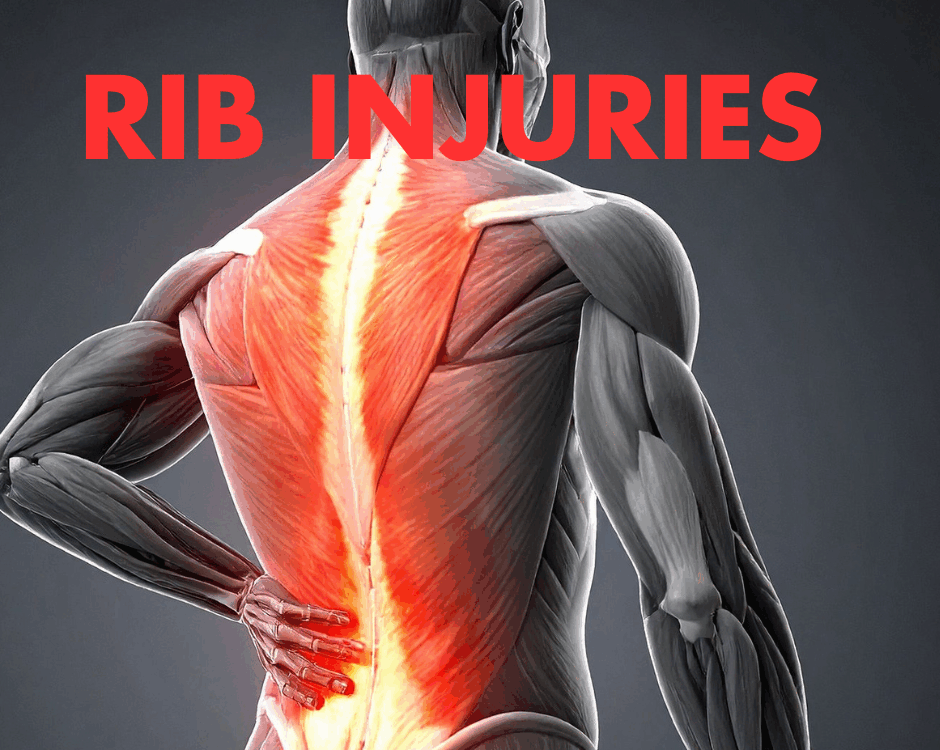At-Home Spinal Pain Treatments (And When to See a Doctor)

Tips for Safe Summer Driving
June 29, 2024
Do Robins Avoid Birdfeeders? Why?
July 15, 2024- Accident doctor
- accupuncture
- airplane headache
- alzheimer's
- best habits
- Brain Injuries
- car accident
- car accidents
- cervical strain
- colds
- concussion
- Concussions
- disc bulge
- dosage meds
- dry needling
- dull pain
- E bike injuries
- florida
- good posture
- headaches
- Headrest positions
- Headrest positions after an accident
- Healthy choices
- Healthy flying
- healthy gift guide
- Healthy SPring Ideas
- hip pain
- hyperextension
- injury doctor
- insurance
- Kayaking
- kentucky
- kids motion sickness
- lifestyle
- motion sickness
- neck injury
- no fault insurance doctor
- noise healing
- osteoporosis
- pain symptoms
- pink noise
- posterior chain
- posture
- prevent osteoporosis
- Rest
- Scoliosis
- shoulder pain
- Stress with kids after a motor vehicle accident
- TBI
- tips
- tmj
- torn muscle
- Traumatic Brain Injury
- trigger points
- VitaminD
- What are Post Traumatic headaches?
At-Home Spinal Pain Treatments (And When to See a Doctor)
Dealing with spinal pain can significantly impact both your physical health and overall quality of life. Whether stemming from accidents, poor posture, muscle strain, or underlying conditions like arthritis, scoliosis, or herniated discs, spinal pain can hinder daily activities and even affect your psychological well-being. From simple movements like bending or lifting to enjoying hobbies, the discomfort can be severe. Beyond the physical limitations, ongoing pain can also lead to anxiety, stress, and disrupted sleep patterns. However, there are effective at-home treatments that can help alleviate neck or back pain and improve your daily functioning.
Dr. Deryk Harting, a talented chiropractor at one of the highest rated medical care programs in the Tampa Bay area for car accidents, discusses 5 at-home treatments that can help relieve spinal pain:
- Heat and Cold Therapy:
Heat Therapy: Applying heat to the affected area can help relax muscles and improve blood flow. You can use a heating pad, warm moist towel, or take a warm bath.
Cold Therapy: Applying ice packs or cold compresses can reduce inflammation and numb the area to provide relief from pain. Use cold therapy for acute pain or immediately after an injury.
- Stretching and Gentle Exercise:
While severe spinal pain should be rested and avoid strenuous activity, some stretching and light exercises can help relieve tension and improve flexibility in the muscles which support the spine. Focus on stretches that target the neck, shoulders, back, hips, and legs. Low-impact exercises like walking, resistance training, swimming, or yoga can strengthen muscles, improve posture, increase circulation, and reduce stiffness in the spine.
- Over-the-Counter Medication:
Non-prescription pain relievers such as acetaminophen (Tylenol) or nonsteroidal anti-inflammatory drugs (NSAIDs) like ibuprofen (Advil, Motrin) can help reduce pain and inflammation. Always follow the recommended dosage and consult with a medical doctor, especially if you are taking any prescription medications for possible adverse interactions.
- Improving Posture and Ergonomics:
Poor posture can exacerbate or cause spinal pain. Maintain good posture while sitting, standing, and lifting objects. Use ergonomic furniture and accessories, such as a supportive chair, back brace, or lumbar pillow, to reduce strain on your spine at home. Also, improve ergonomics at work by adjusting your workstation, using proper lifting mechanics, and taking frequent breaks to avoid prolonged sitting or standing.
- Massage and Manual Therapy:
Self-massage techniques and manual therapy instruments can be beneficial in managing spinal pain by targeting specific areas to promote healing and relief. There are a variety of tools and techniques which can relax muscles, improve circulation, release endorphins, breakdown scar tissue, and alleviate some types of nerve pain.
If you have recently experienced spinal pain or injury, it is crucial to be aware of certain symptoms that indicate the need for medical attention. Severe and persistent pain that does not respond to rest, conservative treatments, or over-the-counter medications could suggest a serious underlying condition requiring evaluation by a healthcare professional. Additionally, pain that radiates down your legs or arms, especially when accompanied by numbness, tingling, or weakness, might suggest nerve damage and compression. Similarly, difficulty walking or a progressive weakness in the arms or legs, could also indicate nerve damage or spinal cord compression. Loss of bladder or bowel control, a symptom of cauda equina syndrome, requires immediate medical evaluation and treatment.
Furthermore, if your spinal pain follows a recent fall, car accident, or trauma, it is important to seek evaluation as fractures and other injuries may not be immediately evident. This is particularly the case with pain that significantly interferes with your daily activities, sleep, employment requirements, or overall quality of life.
When uncertain about the severity of your symptoms, it is most prudent to seek medical advice to ensure a prompt diagnosis and management. A healthcare professional can conduct a thorough evaluation and recommend appropriate tests such as X-rays, CT scans, or MRI scans to identify the cause of your pain and determine the most effective treatment option for your condition.
— This article is written by Deryk Harting, DC, one of the members of Chambers Medical Group’s team of car accident chiropractors who offer a variety of treatments and therapies ranging from diagnostic testing to various soft tissue therapies for car accidents and injuries in Florida.
- Car Accident Medical Clinic in Tampa
- Car Accident Medical Clinic in Plant City
- Car Accident Medical Clinic in Brandon
- Car Accident Medical Clinic in Lakeland
- Car Accident Medical Clinic in Sarasota
- Car Accident Medical Clinic in Louisville
- Car Accident Medical Clinic in Lexington
- Car Accident Medical Clinic in Florence




